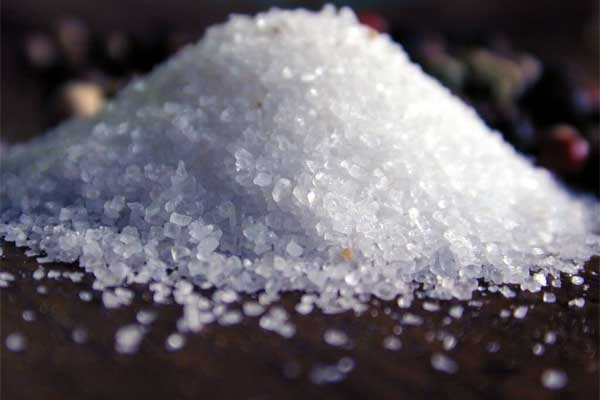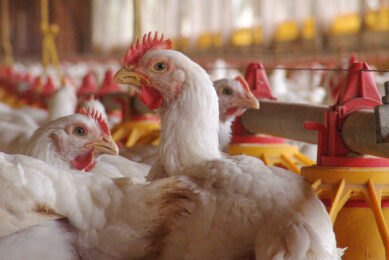EFSA releases scientific opinion on sodium tartrates

Following a request from the European Commission, the European Food Safety Authority was asked to deliver a scientific opinion on complexation products of sodium tartrates with iron(III) chloride (Fe-TA) when used as feed additive for all animal species and categories.
This application concerns the authorisation of the additive, which is an equilibrium mixture of sodium tartrates with iron(III) chloride. The additive is intended to be used as an anticaking agent in salt (sodium chloride) for all animal species and categories. The proposed inclusion levels vary between 3 and 12 mg iron/kg salt, equivalent to 26 to 106 mg Fe-TA/kg salt (on a dry matter basis). Fe-TA is intended to be dripped onto salt in the form of a 1:8 water solution.
The use of Fe-TA at the maximum recommended supplementation rate for common salt (106 mg Fe-TA dry matter/kg) is considered safe for all animal species and categories.
Safety opinion
There is no indication that the use of Fe-TA in animal nutrition would result in a measurable exposure of the consumer to Fe-TA or its constituent’s tartrate, iron and oxalate. Therefore, no concerns for the safety for the consumer would arise from the use of Fe-TA.
Users are unlikely to be exposed by inhalation to the additive. Fe-TA is not irritant to skin and eyes, is not a skin sensitiser and is of low acute dermal toxicity.
No risk to the environment is expected from the use of Fe-TA in animal nutrition.
The FEEDAP Panel concludes that the additive has the potential to be efficacious as an anti-caking agent when used in salt at the minimum proposed concentration of 3 mg iron/kg salt (equivalent to 26 mg Fe-TA/kg salt, on a dry matter basis).
The full opinion will be published in accordance with Article 8(6) of Regulation (EC) No 1831/2003 once the decision on confidentiality, in line with Article 18 (2) of the Regulation, will be received from the European Commission.
View the pdf of the document here.
Join 31,000+ subscribers
Subscribe to our newsletter to stay updated about all the need-to-know content in the poultry sector, three times a week. Beheer
Beheer








 WP Admin
WP Admin  Bewerk bericht
Bewerk bericht